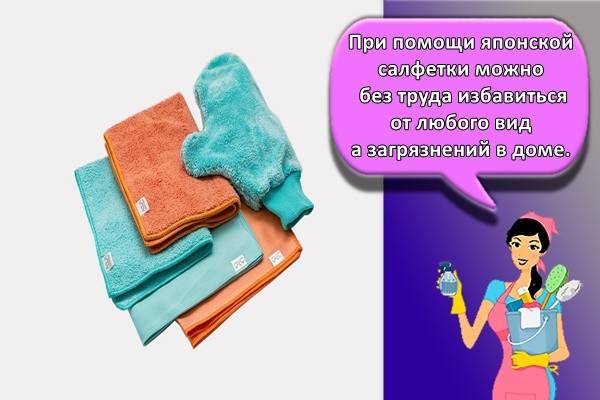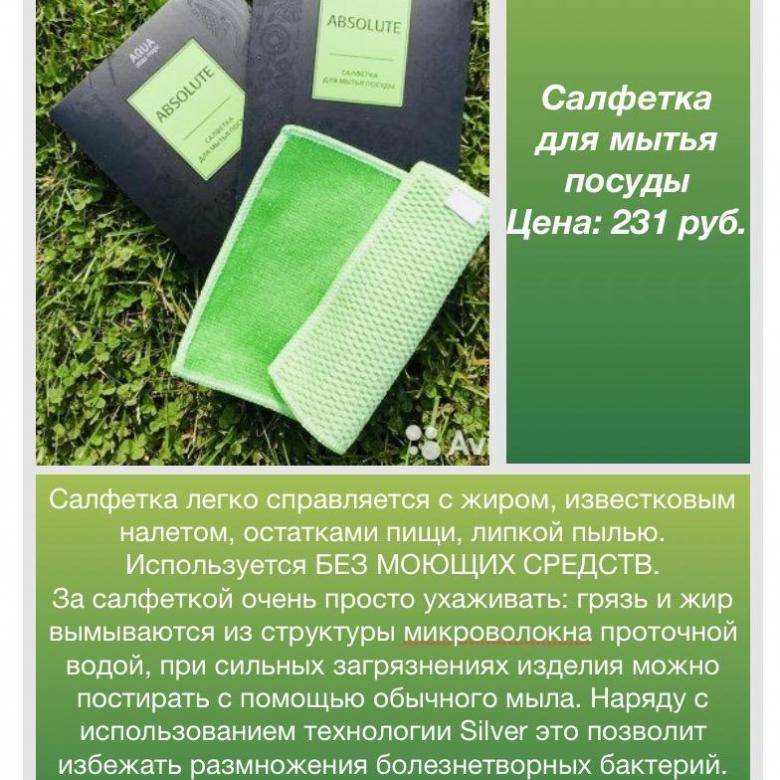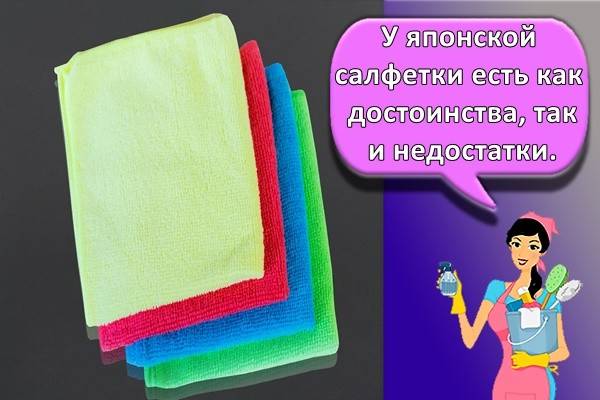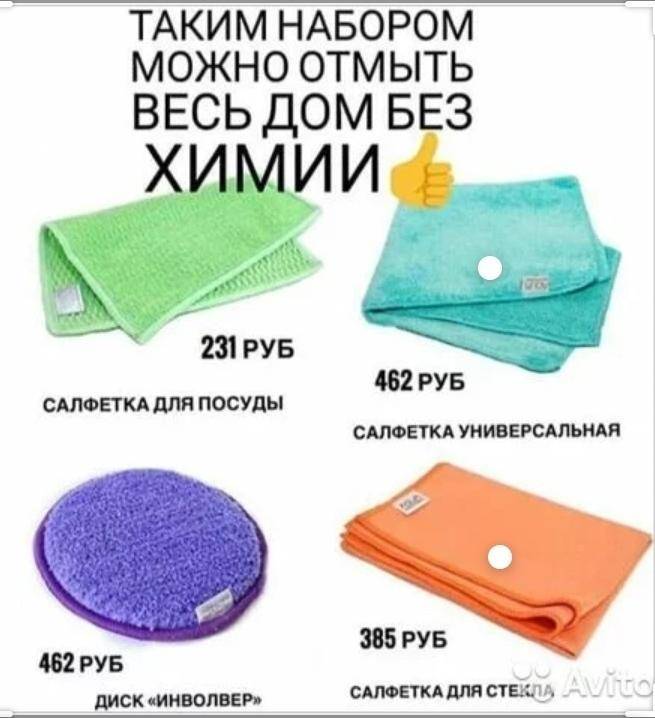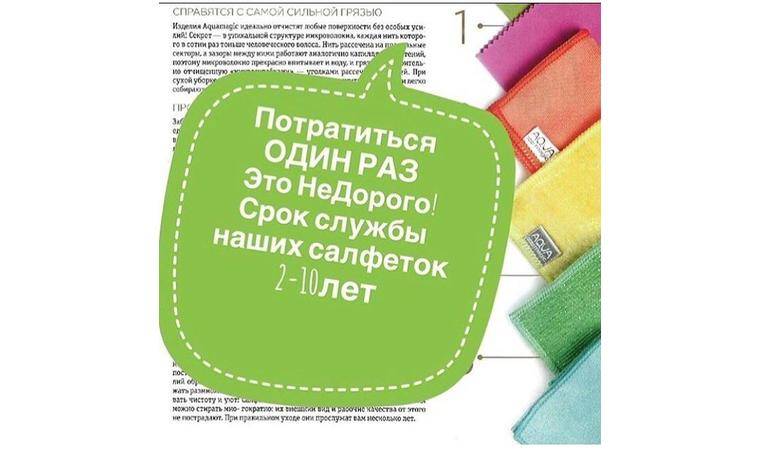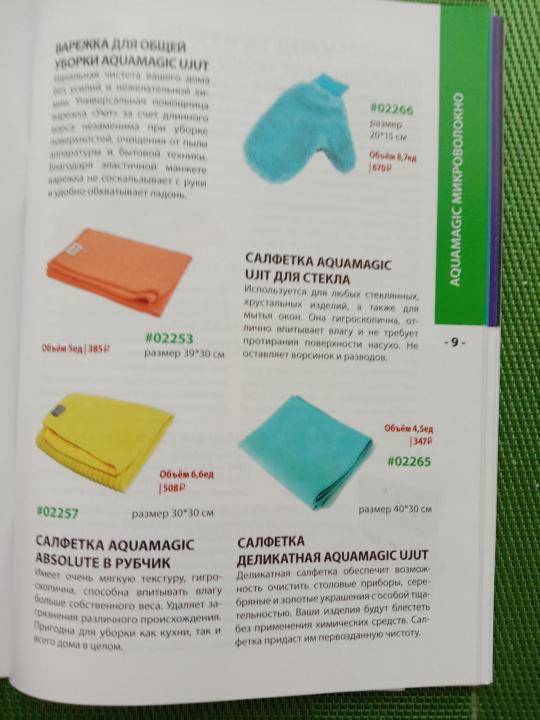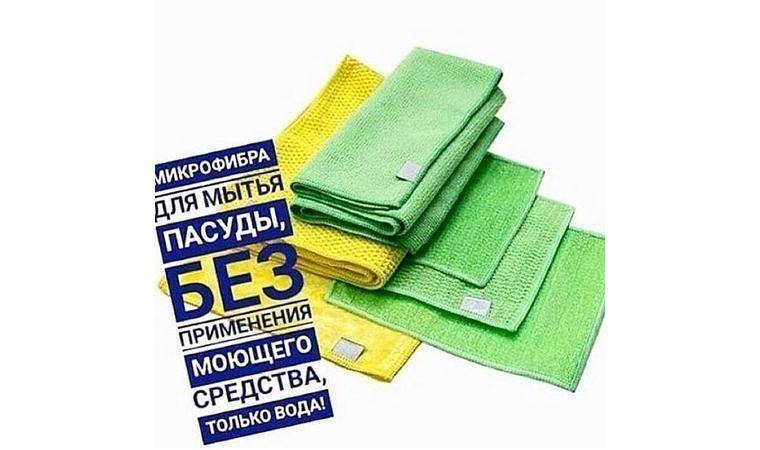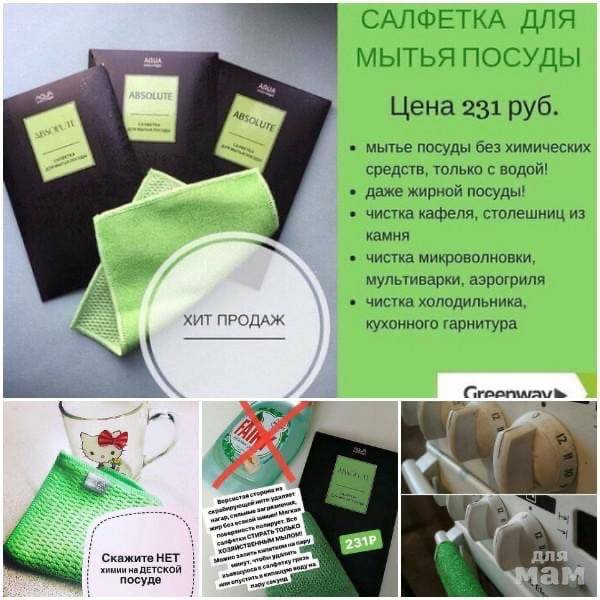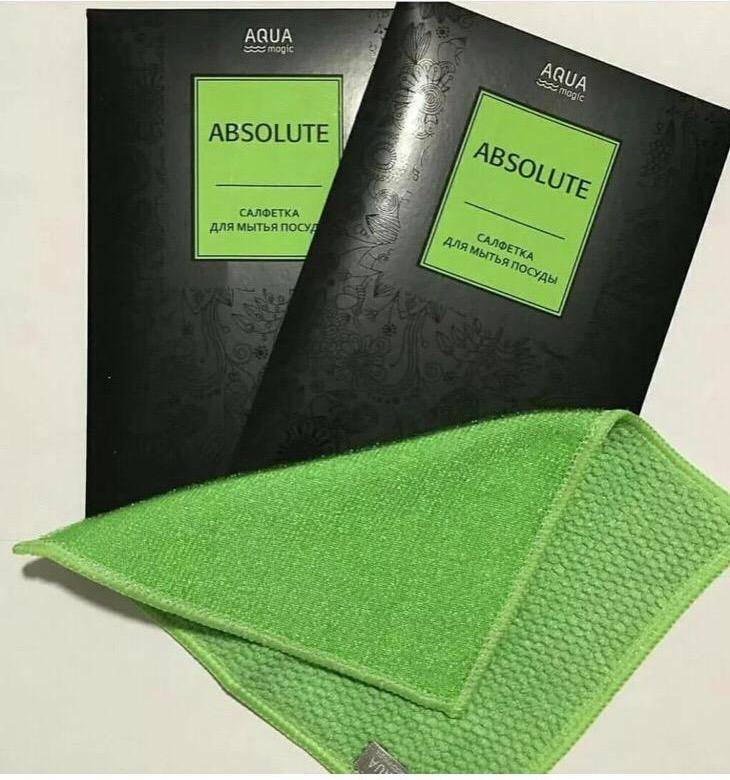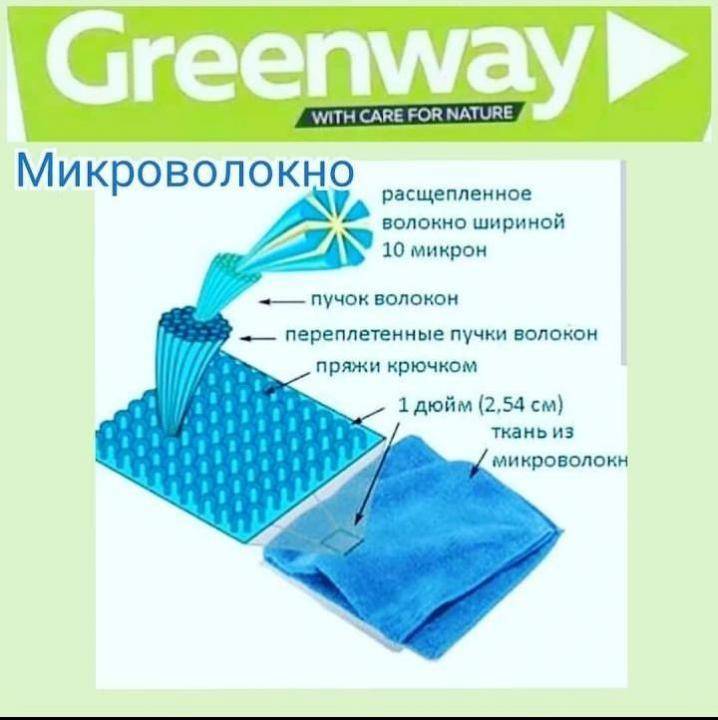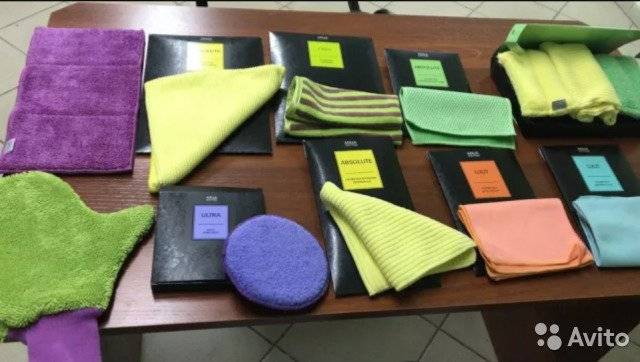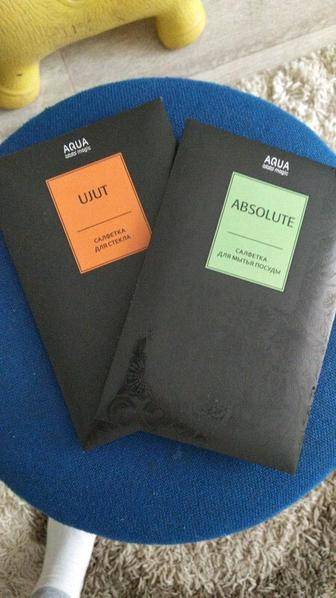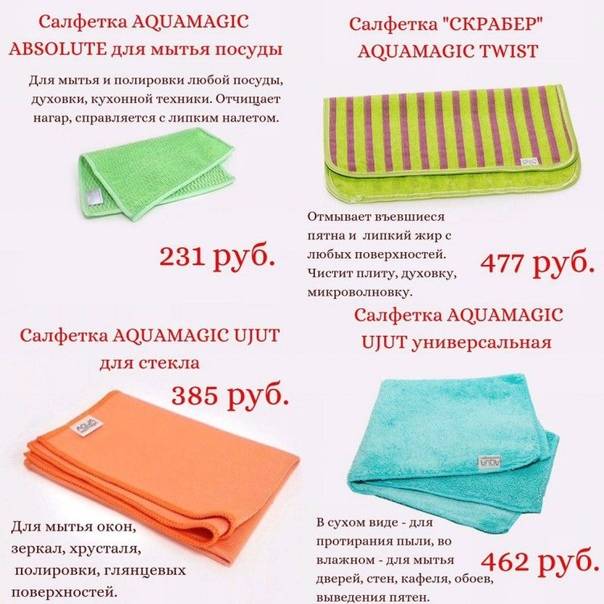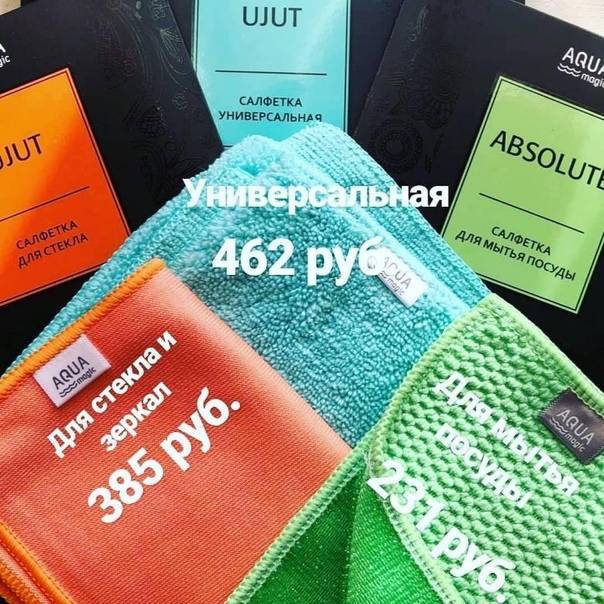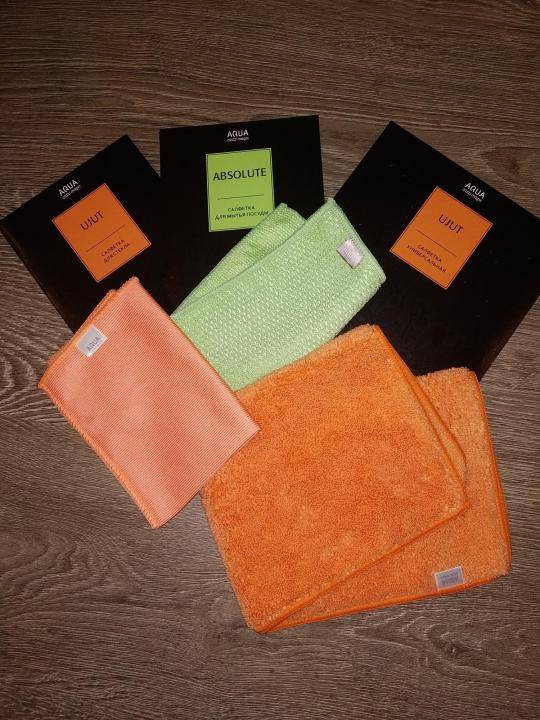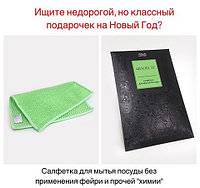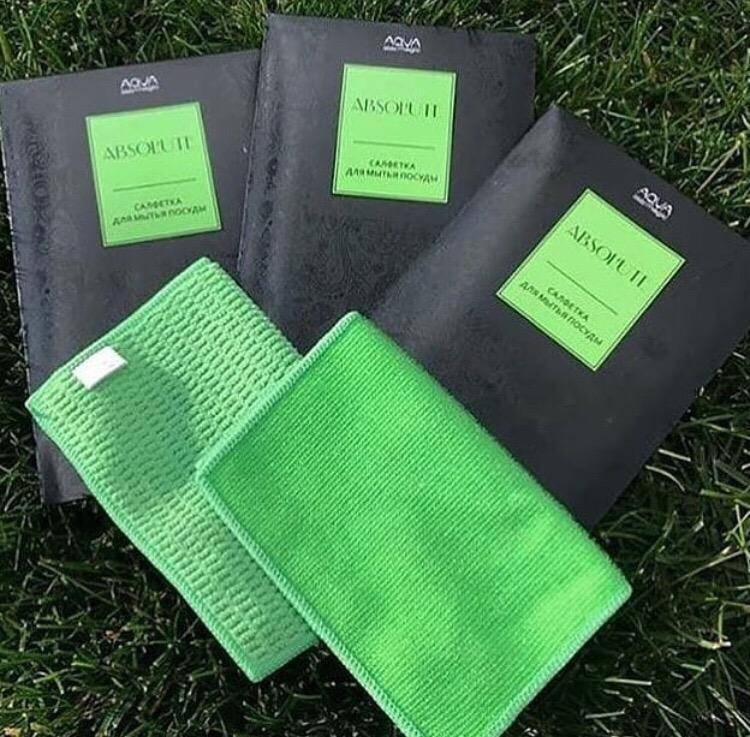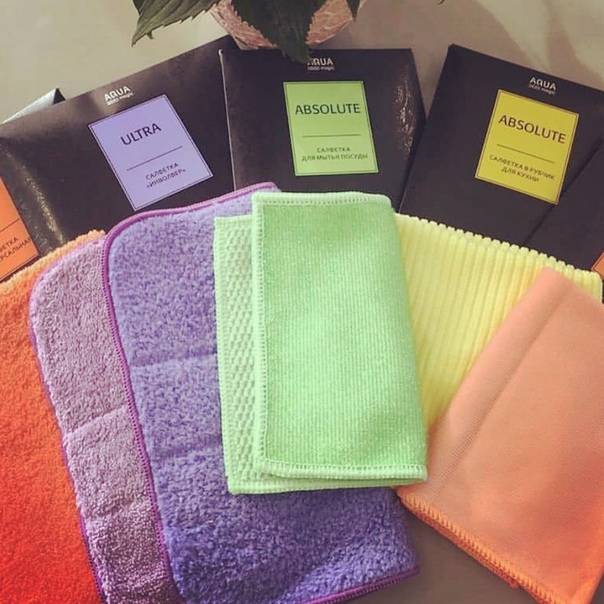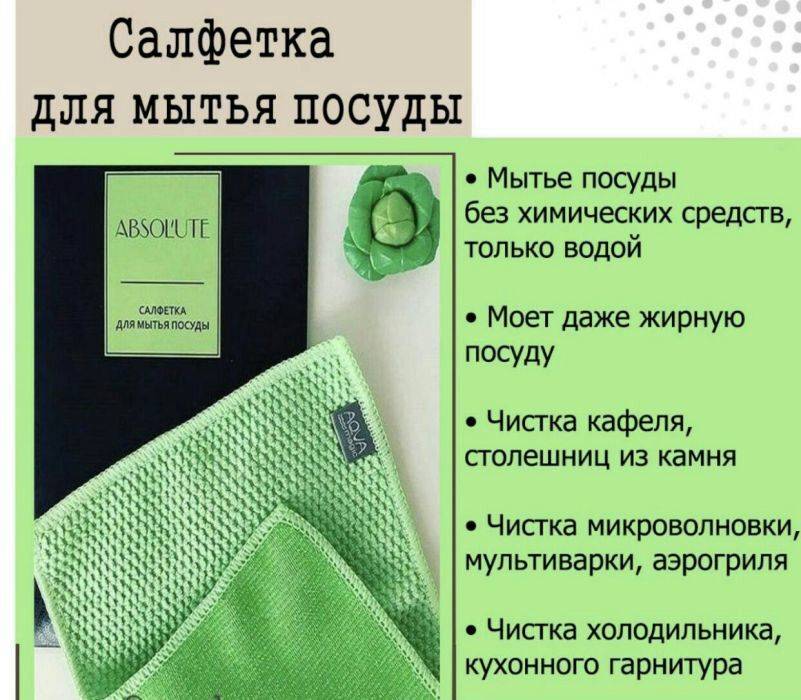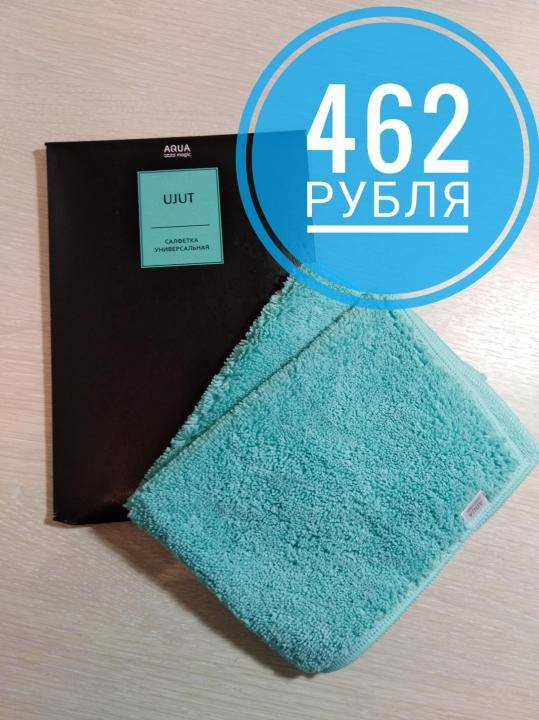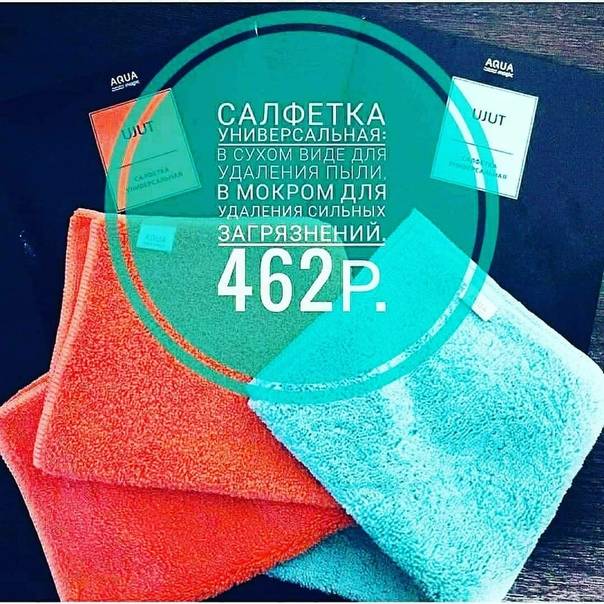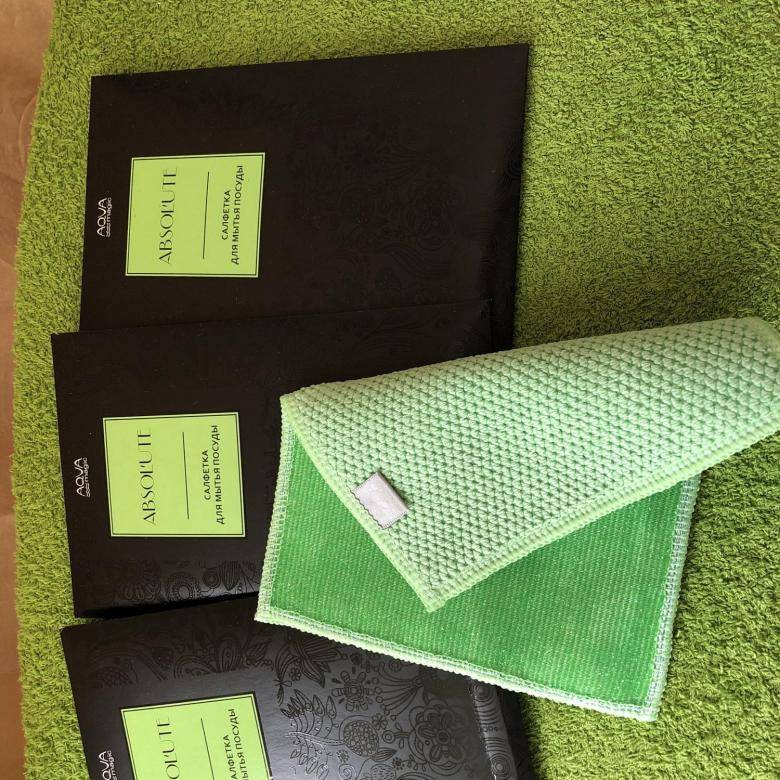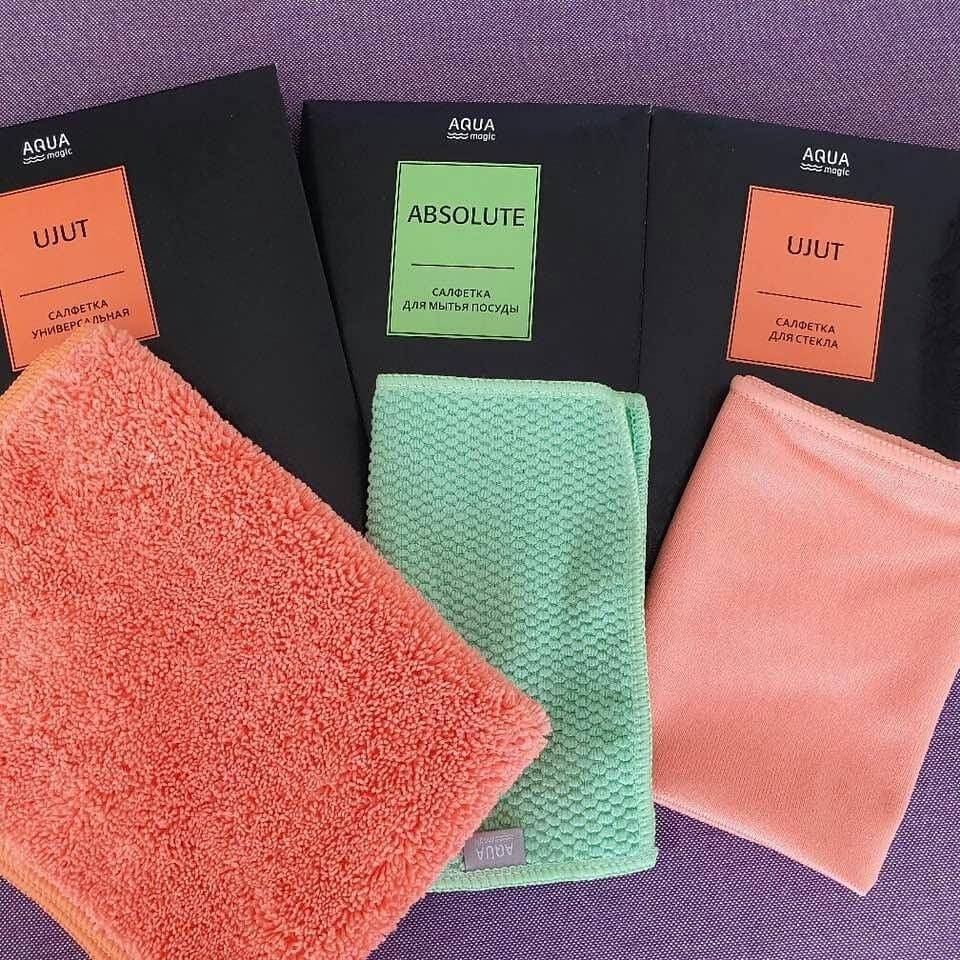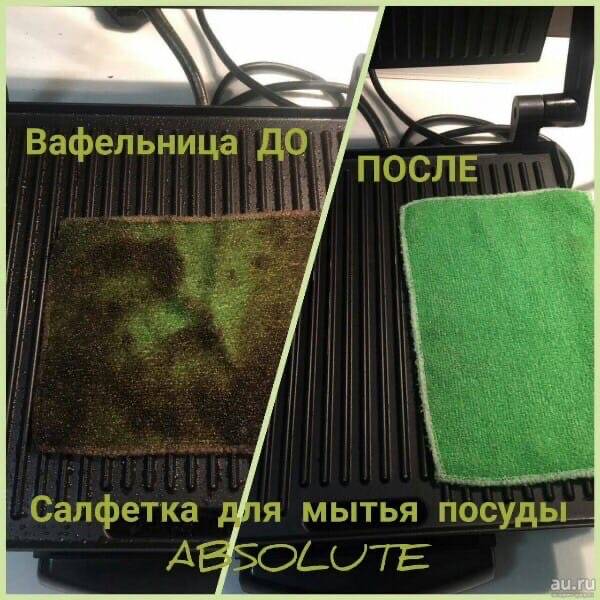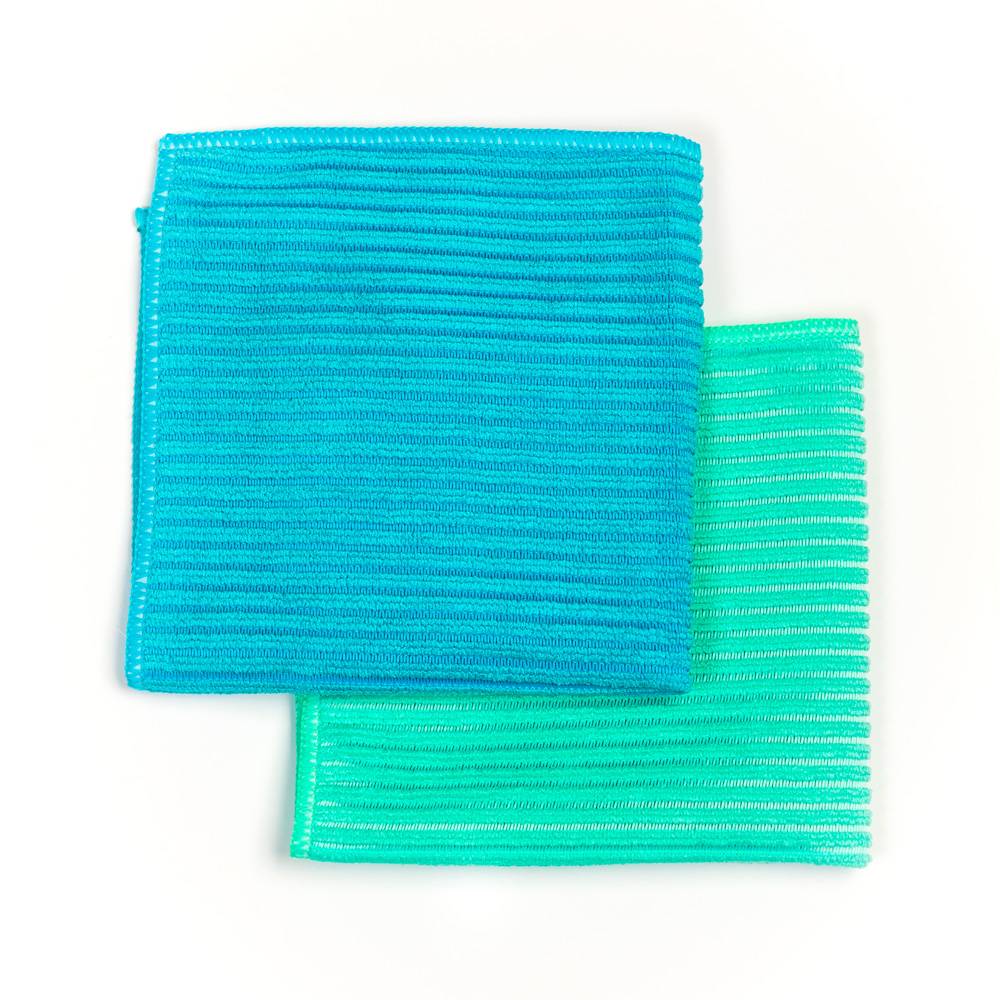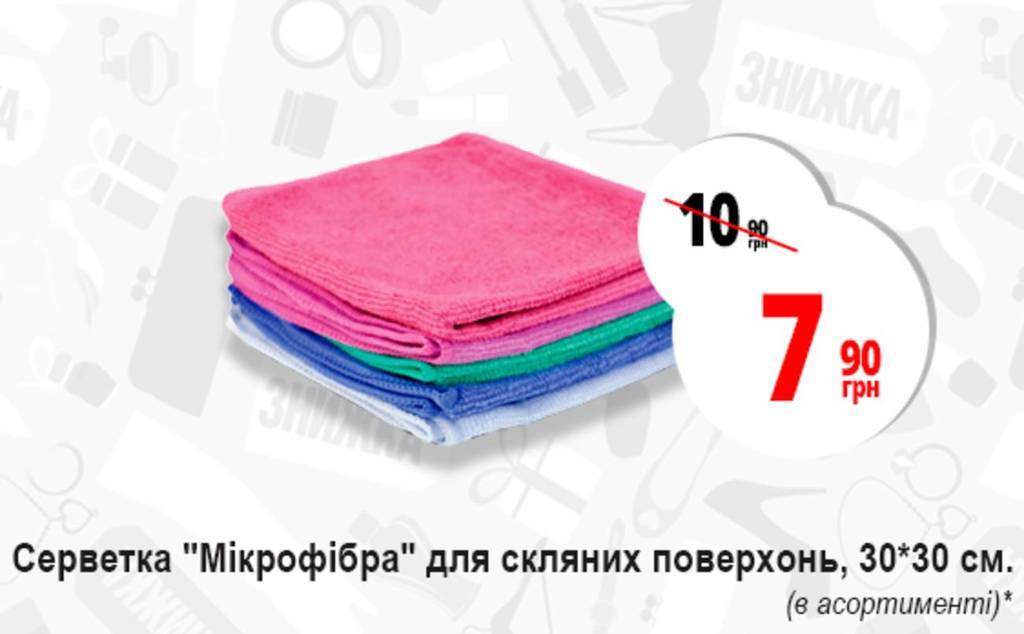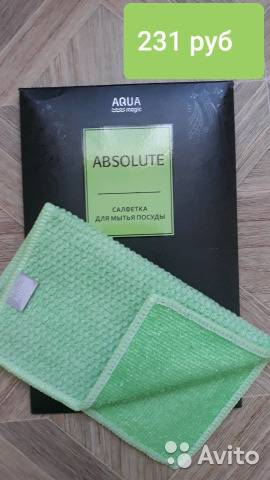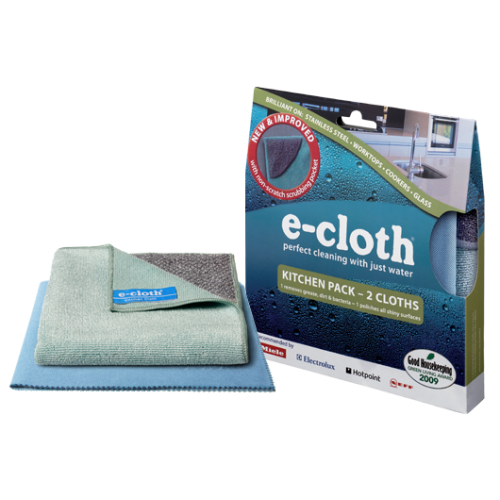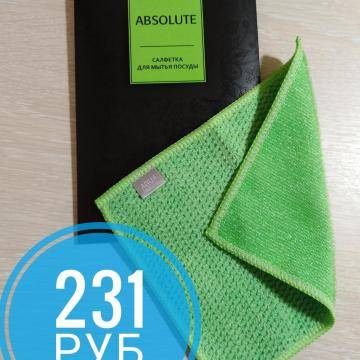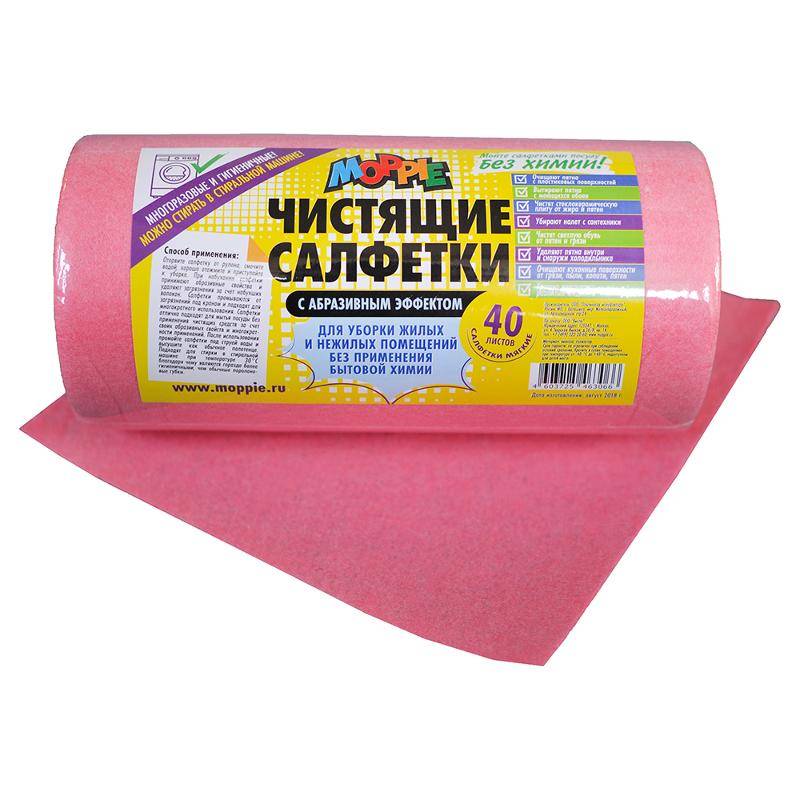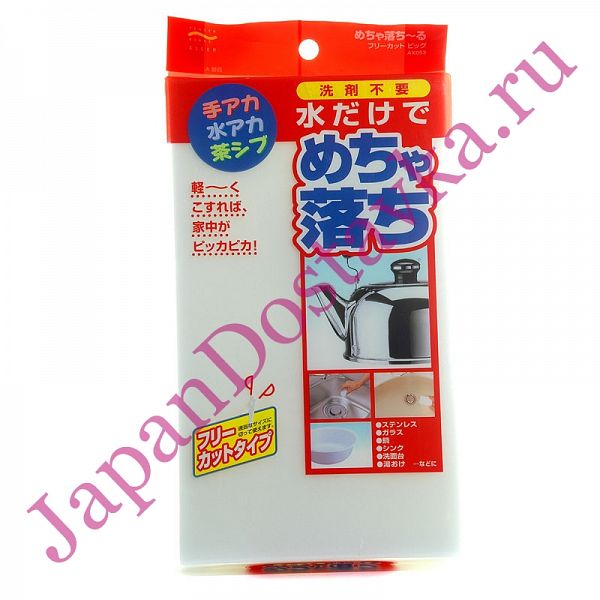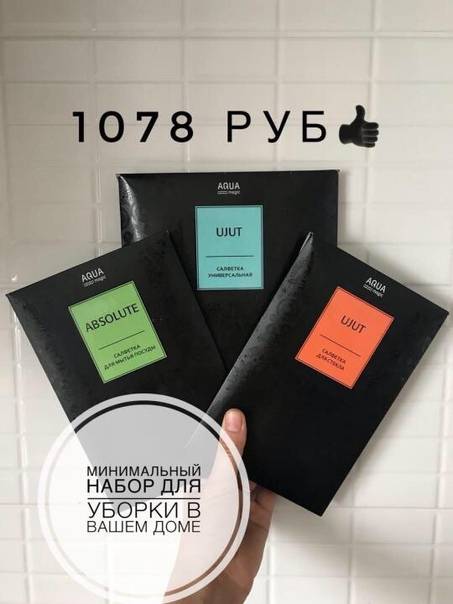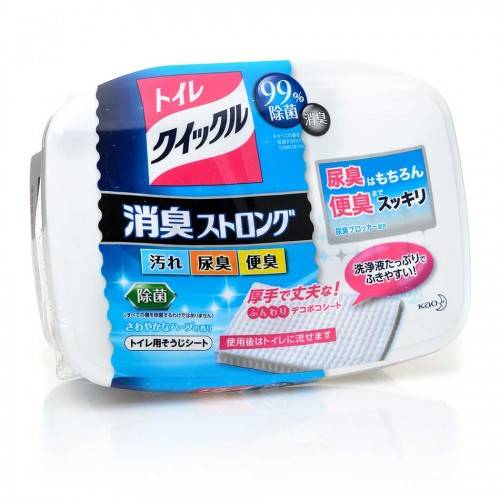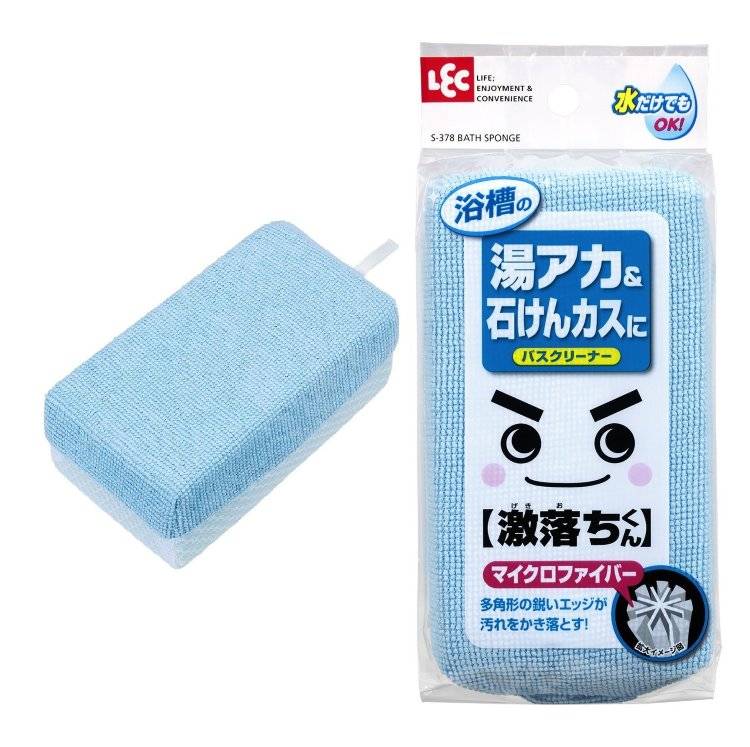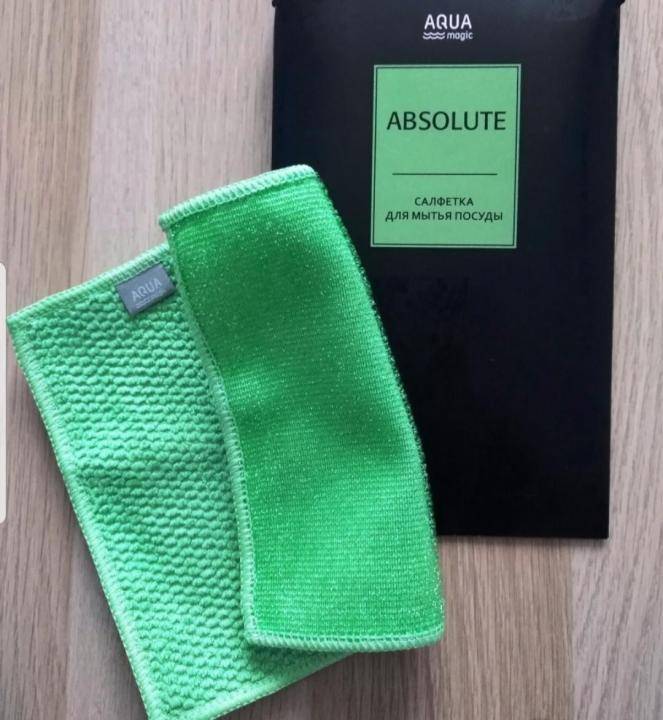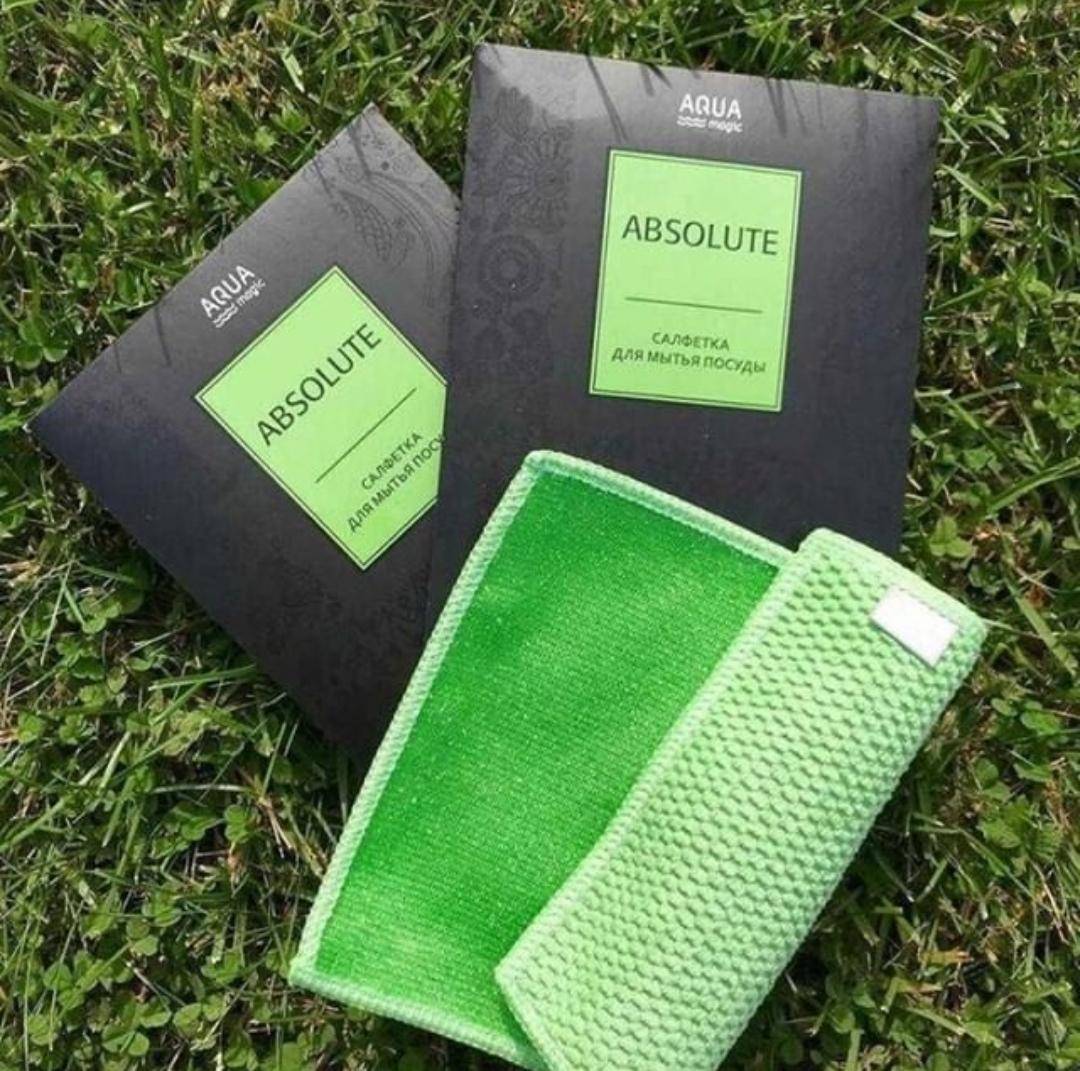House rules
With the help of a Japanese napkin, you can easily get rid of any kind of dirt in the house. The embossed side is suitable for wiping countertops, refrigerator, doors, bathtubs, sinks. Ribbed weaving is used for effective, but at the same time, delicate cleaning of stubborn dirt: kitchen stoves and tiles, ovens, hoods, metal coatings and other surfaces. There are special napkins for glass, which effortlessly make windows completely transparent, without the slightest stains. The same irreplaceable material will help to clean mirrors, crystal and other glass products to shine.
Before starting cleaning, you need to moisten the napkin with warm water, squeeze out excess moisture and start cleaning the surfaces without using chemicals. If you need to remove dust, you can do this with a dry cloth. In this case, it works like a magnet, attracting dust particles. The surface remains clean for a long time.
The water temperature during washing should not be higher than sixty degrees. Dry it at room temperature, but not on a battery. If used correctly, the napkin will last more than two years. Japanese cleaning wipes have appeared relatively recently on the consumer market, but have already managed to please the hostesses and employees of cleaning companies.
Composition and properties
The secret of cleaning efficiency lies in the composition of the napkins. They are made of special thinnest threads made of polymers. It is polyamide and polyester. In the manufacture of the web, extruders are used, into which the material is pushed through holes with the desired section. Recently, the process has become more complicated due to the release of a double thread. Thanks to this technology, matter is obtained two-sided.
With the help of cut microfibers, the napkin works like a pump. Absorbs moisture much better than regular fabric. Together with water, it seems to suck in dust, dirt, fat, which is retained inside, between the fibers of the fiber. Thanks to the double thread, one side of the napkin is smooth and soft, while the other is ribbed and stiff.
What not to use
A strict taboo is imposed on certain funds in the kitchen. Under no circumstances can they be used. These are aggressive solvents, abrasives and similar compounds.
Solvents
Plastics, polymer films, paint and varnish coatings are sensitive to the action of organic solvents. In order not to completely spoil the surface of the countertop, facade, before using the product, you should study its composition indicated on the label. If it contains the word "solvent", you cannot use the reagent.
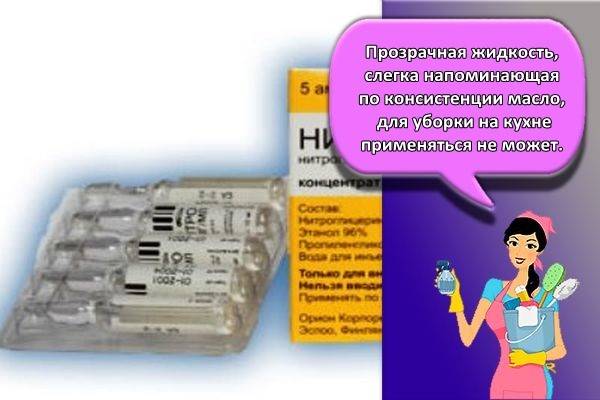
Nitroglycerine
A transparent liquid, slightly resembling oil in consistency, cannot be used for cleaning in the kitchen. Pollution cannot be eliminated with its help, and there will not be much benefit from such an alternative. And then it will be difficult to remove the remaining oily stains from the glossy surface.
Alcohol
Most alcohols, including ethyl alcohols, are solvents. Alcohol-containing liquids contribute to the destruction of the integrity of paint and varnish coatings, the loss of gloss.
Polymer resins
The components of adhesives and varnishes, which are polymer resins, of course, cannot be used for cleaning coatings. In addition, when accidentally applied to the surface, they create the following problem: how to remove this composition from the coating.
Soda and salt
Generally harmless components, however, can cause serious harm if misused. Both soda and salt are weakly abrasive materials, they will definitely leave scratches on glossy facades, destroy the gloss of the coating.
What not to do
When scrubbing the screen from dirt, you need to adhere to a number of rules.There are several steps that must not be taken as they may result in malfunctioning of the device.
Use liquid window cleaners
If the display does not have a special protective coating, do not treat it with liquid window cleaners and solvents that contain chemical components. When exposed to these substances, the monitor is destroyed.
Clean included appliances
Before cleaning, you need to turn off the TV. In this case, it is not enough just to press the shutdown button on the remote control. To ensure maximum safety when wiping equipment, you should completely de-energize the TV by removing the plug from the outlet.
Use a lint-free cloth
A soft, lint-free cloth is suitable for removing dirt. One option is microfiber, which is a versatile cloth for removing streaks, fingerprints and smudges. Microfiber has the property of absorbing moisture, therefore, to remove large contaminants, it is allowed to pre-moisten it.
Wash with water
If the surface of the screen is not wiped with microfiber, do not apply water or liquid products. This will provoke a deterioration in the clarity of the transmitted image and the appearance of rainbow stains.
Can't scrape or scratch the surface
When wiping off dust and dirt, do not apply force, press on the display and scratch on it. Otherwise, noticeable scratches or cracks will remain on the surface.
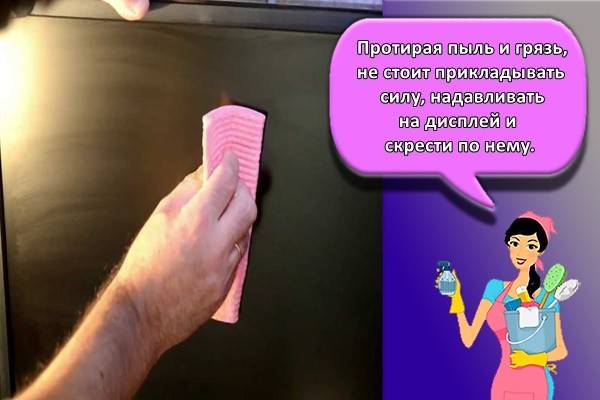
Special relationship to LED surface
Equipment with LED surfaces must be cleaned with extreme care. Even a slight mechanical stress can provoke surface destruction.
Turn on until completely dry
Before turning on the device, wipe the screen dry or wait until the traces of the cleaning agent dry. This is necessary for the safety and protection of the display.
Additional Tips
Nonwoven microfiber wet wipes are commercially available. The products are impregnated with a disinfectant solution and stored in a package with a valve. Disposable products are required for wiping clean surfaces for disinfection purposes. At home, you can use a roll of cleaning cloth used in car washes.
Technical material is produced from:
- non-woven propylene;
- viscose;
- waste paper with cellulose.
The size of the napkin is not limited in length, which is convenient for wet cleaning the floor, wiping tiled walls. Cut a piece of fabric to the desired size using a mop. Manufacturers offer options for rubberized microfiber and cellulose fabrics, which extend the service life of products, and improve the quality of cleaning surfaces from dirt. Each type of napkins has its own service life, after which the product loses its consumer qualities. Stains appear on the surfaces, and villi remain. You should adhere to the manufacturer's instructions for the method and duration of use.
>
Properties and specificity of use of porcelain stoneware
Sinks made of this material have the following advantages:
- Strength. During manufacture, the product acquires additional hardness. Therefore, the material is often compared to natural stone.
- Persistence. Not afraid of exposure to household chemicals. Easily tolerates temperature extremes.
- Environmental friendliness. Since the place of the product is in the kitchen, it is constantly in contact with food and utensils. Porcelain stoneware consists of components that do not harm the human body.
- Aesthetics. The item is important for people who love a non-standard solution in the interior. With the help of a sink made of artificial stone, you can not only move away from monotony, but also create harmony and comfort.
Despite the advantages, a porcelain stoneware sink, like a stainless steel sink, needs regular cleaning.
Usage
Porcelain stoneware resists direct contact with chemicals.Still, one should not act on the surface with aggressive mixtures.
If some of the chemical is on the surface, it must be removed as soon as possible. Otherwise, damage will remain on the product. Composite stone is a strong and durable material. Drops, heavy impacts with a heavy object, and cutting with a knife leave behind chips and cracks. Over time, the sink becomes covered with scratches, which are noticeable on dark-colored items. To prevent minor defects from contributing to the appearance of severe damage, it is necessary to monitor the condition of the material.
Why stains remain on the glass
Stains, stains and deposits on the glass remain after cleaning for many reasons. Even with perfect cleaning, unpleasant marks can remain. And the reasons for this phenomenon lie in the following factors:
- Cleaning in hot weather. Under the influence of direct sunlight, moisture evaporates rapidly, which leads to the appearance of stains. It is for this reason that it is not recommended to clean windows in such weather.
- Incorrectly selected detergents. Some low-quality compounds can leave cloudy marks on the glass. In addition, abrasive particles can scratch windows and leave streaks.
- The wrong way to clean. Streaks and stains may remain if all dust has not been removed from the windows. Window cleaning is carried out in several stages, which are accompanied by the preparation of glass and the use of chemicals.
To clean the window without streaks and deposits, it is important to choose the right technology and cleaning agents.
What not to use
Having decided to start cleaning the monitor, it is worth finding out what tools can make it unusable, which is strictly forbidden to use for this purpose.
Plain paper napkins
Towels, which are used to wipe the dishes after washing, leave fluff on a smooth surface, it is almost impossible to remove them. Paper can scratch.

It is not recommended to rub the stains on the monitor with napkins soaked in ethyl alcohol.
Rough cloth and towels
Rubbing with a hard material will crack the surface and eventually damage the screen. When cleaning a tablet or laptop with a towel, lint sticks.
Foam sponges
To prevent stains from appearing on the monitor, which will then have to be washed for a long time, you need to know that you cannot wipe such surfaces with foam rubber. The sponge sucks up dirt, crumbs, lint that scratches the screen and leaves marks.
Dish and glass detergents
Liquids, gels, sprays that work well with grease on plates, remove coffee and tea stains, wipe dust on glass, are not suitable for cleaning monitors, but are intended for washing dishes and cutlery.
Sharp objects
Blades, knives remove traces of chewing gum, the presence of insects, but touching the screen, they damage the coating.

Scotch
It is not recommended to wipe dust on a laptop with household adhesive tape, as it sticks to the surface, and it is not so easy to remove the marks left by the tape.
Personal Wet Wipes
Do not clean the monitor with a melanin sponge, embossed materials, old cloth. Some items contain abrasive substances, while others pile fluff. Sanitary napkins leave marks.
Alcohol
Displays of modern tablets and laptops are covered with a special film, which reduces the effect of sun rays, removes glare that degrades images. However, the structure of such a material reacts negatively to ethyl alcohol, acetone or ammonia, which are present in glass cleaners and dishwashing gels.
Popular products and liquids
For the care of monitors, sprays and aerosols are produced that cope with any contamination, do not leave streaks, and do not damage the surface.
Cleaning wet wipes
Regardless of what to wipe the screen with, it is worth disconnecting the computer from the network, the ingress of moisture inside the case can provoke a short circuit. Special wipes in plastic packaging, which are sold in technical departments:
- remove dust and dirt from the display;
- do not form streaks;
- do not scratch the surface.
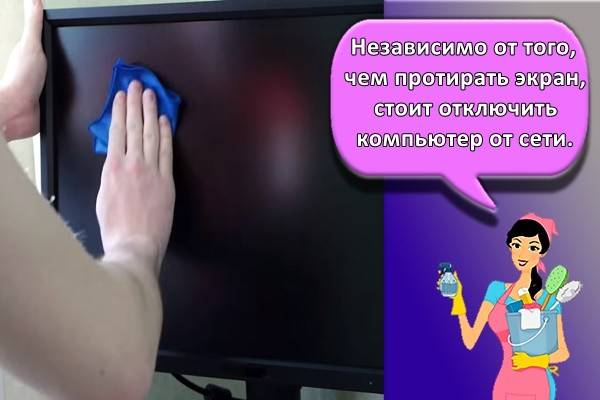
You can wipe the stains with such products on the screen of a smartphone or TV. Wet cleaning is advisable every month.
Buro Bu - Tscrl
The company, which has been present on the Russian market for many years, supplies office equipment for offices, chargers, and accessories for gadgets. Buro brand wet wipes perfectly clean stains on glasses and monitors, do not leave streaks.
Fellowers FS-99703
A Russian company that sells household and digital appliances, peripheral devices, supplies cleaning wipes to stores that do not contain alcohol.
Microfiber cloths
Synthetic fabric is made from polyester fibers, which absorbs moisture and has high strength. Microfiber napkins:
- cleans up stains and dirt;
- repel dust;
- do not leave lint.
Products are impregnated with special components that are safe for LCD screens. Microfiber allows you to wash the display surface without streaks.
Spray
Companies that produce office equipment also create products that clean the coatings of monitors from dirt, fingerprints, and dust.
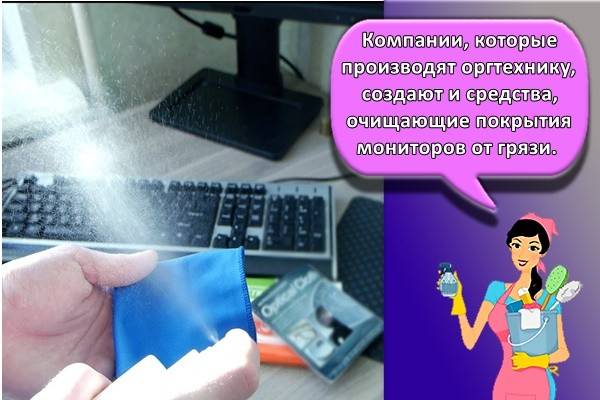
Buro Bu Sscreen
A spray with an antibacterial effect is sold in plastic bottles of 250 ml under the brand of a Russian company. The screen cleaner contains:
- nonionic active substances;
- propanol;
- antistatic.
The product is sprayed onto the surface and wiped off with a napkin. When using it, streaks are not formed, dust settles less.
Cactus CS-S3002
The spray of Russian origin gently cleans the surfaces of gadgets, the keyboard, is well sprayed and dries quickly, and acts as an antistatic agent. The product is equipped with a dispenser, has no odor, is economical, copes with dust and dirt.
Types of pollution
Rags used to wipe dishes or cutlery are not suitable for cleaning the screen of the gadget; you cannot spray the monitor with water or liquid for cleaning glass surfaces. How to wipe the display depends largely on the type of dirt.
Dust
Even if you wash the floors and clean the room every day, you still have to clean the monitor. Taking a piece of soft cloth or dry sponge, you need to swipe the screen several times and this is enough to remove the settled dust.
Insect marks
Spots on a laptop are left by flies, midges that fly into the apartment through the window, moths that start up in cereals and flour. Traces are removed with a special napkin. To avoid scratching the screen, do not scrape off insect stains with a blade.
Mud footprints
It is not recommended to wash the monitor with water, even when there are residues of food, glue, cosmetics on it, since the liquid flows into the compartments and openings. Old dirt that cannot be removed with a napkin is cleaned with table vinegar, wiped dry with a rag.
Fat stains from fingers
To remove oil traces on a laptop, on a tablet monitor, a special liquid is sold in hardware stores. Do not remove greasy stains with formulations that contain ethyl alcohol. It is better to wipe the contamination with soap, but not household soap, but baby soap.
Storage and care
There are also certain rules regarding storage and care of mittens that should be followed if you want the products to serve you for a long time.
- It should be stored at a temperature of +5 to +25 degrees, while the room should also have moderate or low humidity.
- You should not leave the product in the sun for a long period, since the materials from which they are made may lose their protective properties, and sometimes they can also melt.The same rule applies to heating devices: do not dry gloves on a radiator.
- After each use, the item must be rinsed under running water to remove dirt, as well as residues of chemicals that tend to seep inside.
- If the product is covered with cotton on the inside, it must be rinsed from the inside after use. Such manipulations are necessary so that certain organic residues do not accumulate in the specified coating, since in the future they can cause irritation of the skin.
Share link:
Traditional methods
A number of folk techniques are not inferior to the use of special substances. Using available tools, it is possible to effectively remove dirt from the screen without damaging it.
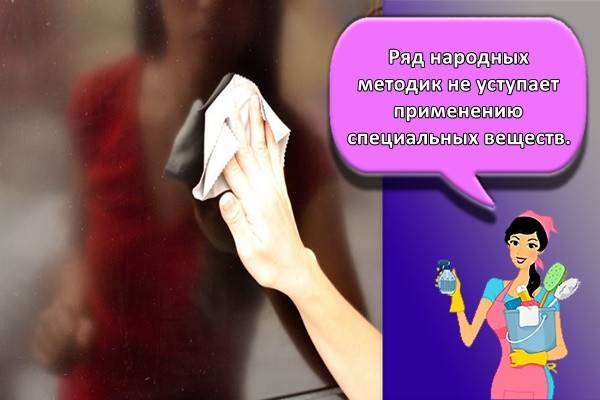
Vinegar
A safe wiping agent for an LCD monitor is a 3% vinegar solution. The instructions for use are as follows:
- vinegar essence is mixed with cold water in equal proportions;
- a soft cloth is dipped in the solution and the display is wiped in a circular motion;
- with a clean dry cloth, wash off the remains of the essence;
- wipe the screen dry.
Soap solution
If, in addition to dust, other contaminants need to be removed, it is recommended to make a soap solution. For this purpose, any soap is suitable, with the exception of laundry soap. Dissolve the soap in water, moisten a cloth in the resulting solution and gently wipe the TV. Then wash off the soap stains and wipe the display dry.
Isopropyl alcohol
Dry dirt and fingerprints can be removed with 70% isopropyl alcohol. The substance is diluted in cold water, observing equal proportions, a napkin is soaked in the solution, squeezed out and the screen is wiped.
Material types
Leather bags are made from several types of material.
Smooth genuine leather
Most often, when making bags, they use smooth natural leather, which has a perfectly smooth texture. It is made from the skins of sheep, bulls, goats and calves. The advantages of such a material include its strength, reliability, durability and resistance to moisture.
Soft skin
Some girls buy themselves handbags made of soft leather. Such material goes through special grinding, which gives it a unique appearance. After processing, the surface becomes very soft and elastic.
Velours
Velor is a leather material that has gone through preliminary chrome tanning. When creating velor, double-sided grinding is carried out to make the surface smoother. Many people confuse this material with suede, as they are very similar.
Polished leather
The main difference between this material and other types of leather is considered to be a shiny glossy finish, treated with varnish. The quality of patent leather depends on the manufacturing technology. When creating the material, the skins are first treated with a special primer, and then varnished.
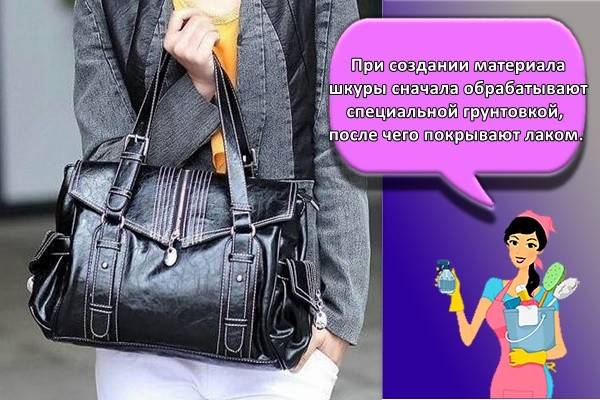
Artificial leather
Nowadays, many handbags are made not from natural, but from artificial leather. These materials are very similar in appearance and therefore difficult to distinguish. The main differences are the quality of the products and their cost. Budget models of women's handbags are made from leatherette.
Reptile leather or embossed
Embossed leather is a leather that has a unique pattern on its surface. Most often, such skin coverings are given the appearance of the original skin of snakes, crocodiles and other reptiles. Products made from this material are dense and expensive.
Types and features of coatings
Manufacturers of kitchen sets and worktops successfully combine different materials. Most often it is chipboard or MDF, laminated (painted). Acrylic paints compete with plastic, and decorating with cheap PVC film helps to change the look beyond recognition. This is how moisture-resistant, durable stone, natural wood, futuristic slabs are created.
Each material has both strengths and weaknesses. Accordingly, specific cleaning agents are used for them.
Plastic
The use of cheap, durable and unpretentious plastic elements in the manufacture of furniture minimizes the risk of somehow ruining cabinets and cabinets if handled carelessly. Polymers are not afraid of water, can withstand contact with hot dishes, do not fade
Another advantage of the material is the low weight of plastics: in comparison with metal, wood, they are much lighter, without loss of overall rigidity and reliability.
Dye
The traditional way of treating facades is painting, it is used to create durable, abrasion-resistant coatings on the surfaces of pressed MDF boards. According to the technology, a coloring layer is first applied, and then a varnish (to create a glossy effect). Some difficulties lie in the increased requirements for the preparation of the base: the absence of potholes, gaps, roughness. This is ensured by repeated grinding of the material with abrasives and emery papers.
PVC film
A polymer film applied to the surface of the material by pressing is a budget solution. The consumer can choose white, blue, red, black and other colors according to his taste, of which the manufacturer has enough in stock.
The advantages of the material are wear resistance, strength, low cost.
Acrylic
Acrylic materials are polymeric, which means they are fully endowed with the advantages and disadvantages of plastics. The method of applying a layer of plastic to the main surface is by gluing. The coating is durable and easy to maintain.

But when choosing a detergent, aggressive compounds should be avoided - they will destroy the gloss of the surface.
Painted MDF under varnish
MDF is considered a hygroscopic material; without special protection, the board is quickly saturated with moisture and collapses. To do this, it is painted, covered with a special varnish. The coating will protect MDF, but at the same time it is sensitive to abrasives and aggressive compounds.
Safe funds rating
People who suffer from allergies for years, have small children or simply care about the preservation of the ecosystem for future generations try to choose the safest detergents for washing.
MaKO Clean
Russian children's washing powder that does not contain phosphate, chlorine, aromatic fragrances. Suitable for all types of laundry, hand and machine wash. Does not cause allergic reactions, does not produce dust when poured, economical (55 grams per wash). Available in eco-friendly, biodegradable packaging.
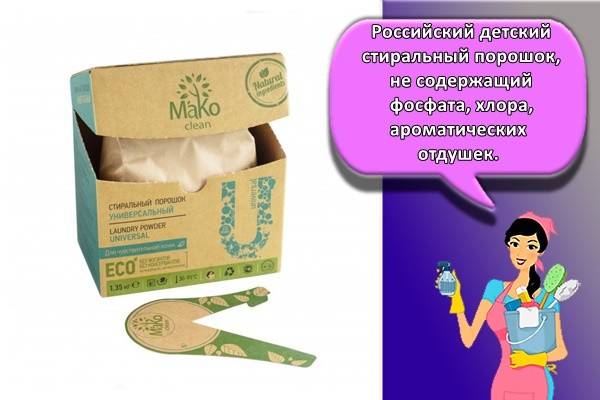
Ecover
A line of Belgian phosphate-free products. It decomposes completely without harming nature. Chlorine, fragrances and phosphates are completely absent in this washing powder. After washing, the items are soft and do not require the use of a softener.
Ecodoo
Ekodou is a line of French home care products. The washing powder is hand safe, hypoallergenic and economical. It contains no preservatives, dyes, phosphates. The base is Allep soap, a mixture based on olive oil and laurel pomace.
BioMio Color
Russian phosphate-free powder for colored linen. Refreshes color, is economical to use, suitable for newborns, pregnant women and users prone to allergic reactions.
Klar EcoSensitive
German soap nut powder for washing, suitable for white fabrics and lasting dyes. Instead of phosphates, it contains zeolite - a safer substance than phosphates. Suitable for asthmatics and allergy sufferers. Fragrance free. It is well removed from the fibers of fabrics when rinsing. A washing gel is also available.
How to clean windows and glass
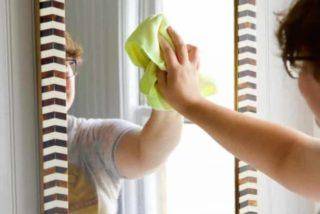 Smooth microfiber polishing
Smooth microfiber polishing
Washing windows is a laborious process. They should be transparent, free from stains and dirt, and transmit light well. Chemical detergents leave cloudy marks, abrasive particles scratch the surface of glass and window sills.Some housewives add ammonia to the water, which causes a spasm of the respiratory tract and is especially harmful for asthmatics. You can use regular cotton or flannel rags. But you will need a large amount of water, sprays and special liquids for washing glasses.
A special napkin for washing windows without detergents will help to wash the windows. It is recommended to choose products made of microfiber or microfiber with a porous structure. They absorb moisture well, do not leave streaks and lint.
Note! Synthetic suede rags are also capable of cleaning glass without chemicals. Due to their porous structure and corrugated surface, they work great
You do not need to wipe it with a dry cloth.
Special means
The use of special products, which are produced in the form of a gel, foam and aerosol, helps to improve the effect of cleaning the screen. The substances remove various impurities and leave an antistatic effect. When purchasing a cleaning agent, you need to make sure that there is no alcohol in its composition.
Gel
Gelatinous substances are easy to apply and will not leave streaks while wiping the monitor. A small amount of gel is squeezed onto a rag and the entire surface of the TV is treated.
Foam
The foam is suitable for removing stubborn dirt. It is possible to clean the screen with the use of foam without streaks or residues of the substance.
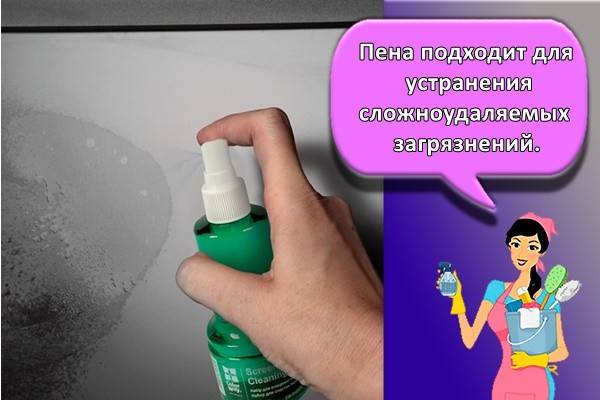
Spray can
The cleaning aerosol is applied directly to the display or onto a rag and wipe the surface in a circular motion. The aerosol is convenient for treating large screen sizes.
Cotton swab for contamination at the joints
Since it is difficult to remove dirt in the joints with a rag or napkin, it is recommended to use a cotton swab. Thanks to the soft base, the stick will remove dirt and leave no residue.

